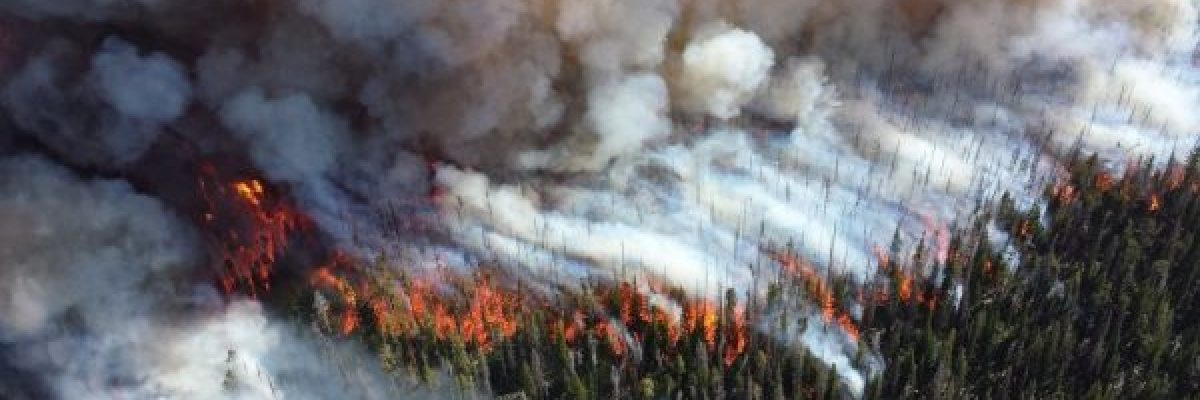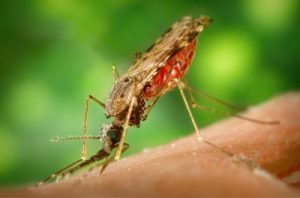While most of the world’s population is facing is distancing and isolating due to the coronavirus pandemic plague, economic crises and political crises, significant ecological events are taking place. Many seem to happen unnoticed, slipping under the radar. These events have destructive potential for our future, their impact on humanity much more dramatic than Covid-19, and yet they marginalized in the news and media.
Read this and help bring them to the front of mind in the world around you so that we are aware of our next challenges before they overcome us:
- Dramatic warming in the Arctic region – Siberia: In June, 2020, the heat record in the area was exceeded. In one of the traditionally coldest regions of earth, a positive temperature of 38 degrees Celsius (100.4 degrees Fahrenheit) was measured. This is an all-time record. It has long been said that the areas that are more sensitive to climate change are the poles, and it is precisely there where the rate of warming is higher and more noticeable. The dramatic rise in temperature (a heat wave that lasted about a week) has a long list of effects on the area. Rapid melting of the top ice layer and the thawing of the soil, which creates surface erosion and flooding. Melting of the ice layer which frees trapped reservoirs of methane and greenhouse gas to the atmosphere. The heat wave also caused extensive fires in the area, which Russia could not control – this further hurts the earth’s green lungs and pollutes the air in the arctic and that is without mentioning the ecological damage to wildlife living in the area.
- 20000 tons of oil spilled into the environment by a Russian storage tank contaminating arctic rivers, lakes and soil: The spill that occurred in May 2020 did not get much media attention. However it contaminated land, rivers, lakes, forests damaging them for decades and destroying pristine environments for countless animals.
- Pink and red colored glaciers in the Italian Alps, Greenland and Antarctica: In the last six months, glaciers and regions in the poles have displayed red snow. The phenomenon occurs due to thawing ice and warming temps allowing algae to survive and sprout. This phenomenon, further increases the glacial melting rate due to the darkened hue of the ice, absorbing more of the sun’s radiation and raising its temperature. Such phenomena make it more difficult to predict the rate of melting of glaciers, but it is clear that the rate has accelerated in recent years.
- The Amazon, Siberia and other tropical forests continue to burn: in the Krasnoyarsk region (Siberia) fires cover an area 10 times larger than the area that burned last year. This phenomenon expands due to arson as well heat waves in the area. The Amazon also continues to burn more forest burning is expected there to clear lands for agricultureLast year fires consumed areas in Canada, the Philippines, the Congo, Australia and Russia. In total it is estimated that about half a billion trees were burned. This year, that number is expected to rise. Fires and de-forestation have far-reaching effects. It increases CO2 in the atmosphere, changes oxygen levels, damages the soil, hurts wildlife weather on the ground or in the freshwater reservoirs, increases heat in the atmosphere and accelerates a variety of climate change phenomena. Less trees also means more soil erosion, less infiltration of water into the soil, which may cause huge landslides and flooding.
- Locust plague in Africa and the Middle East: In one of the major locust outbreaks in recent decades, several countries such as Ethiopia, Kenya, Somalia, Yemen, Iran, Pakistan and regions in India are affected. These countries have difficulty exterminating the locust due to lack of resources, high rate of insect multiplication, large spatial distribution, rapid movement and multi-directional spread. These countries, whose primary employment is agriculture and consume these within their own borders find themselves suffering from severe hunger. What’s more, another wave of locust is expected, one that is expected to be 20 times more severe than the current wave, especially in light of changing weather conditions affected by climate change.The spread of the coronavirus in Asia and Africa, makes it even more difficult to deal with the locust plague in the region so the expected famine may also bring with it intense waves of economic refugees from the region, and create political shocks within these countries as well as in other regions.
- Hundreds of elephants died suddenly in Botswana, Africa: At least 360 elephants were found dead in early May 2020 near the Okwango river delta. Disaster on such a scale has not been seen in Africa for decades. Their death is a mystery. Most of the elephants were found near a water source so it is estimated that they were affected by either natural occurring bacteria or intentional poisoning from the water. Concerns have been raised that the toxin had neurological effects, similar to nerve gas, which increases the fear that this is an intentional injury by hunters though many of the animals still had their tusks. No effects were documented on other animals in the area. Last year, about 100 elephants died in the country due to anthrax poisoning.
We must make a change in our perception of what is important to our survival and our world. Otherwise, the coronavirus pandemic will be only the first of many challenges that will change the face of humanity in the near future.
For more reading:
- https://www.nationalgeographic.com/science/2020/07/heat-wave-thawed-siberia-now-on-fire/
- https://theconversation.com/a-20-000-tonne-oil-spill-is-contaminating-the-arctic-it-could-take-decades-to-clean-up-141264
- https://www.independent.co.uk/environment/red-snow-antarctica-research-station-ukraine-algae-climate-change-a9361091.html
- https://www.nrdc.org/experts/jessica-carey-webb/amazon-still-fire
- https://www.nytimes.com/2020/07/06/science/elephants-dead-botswana.html







